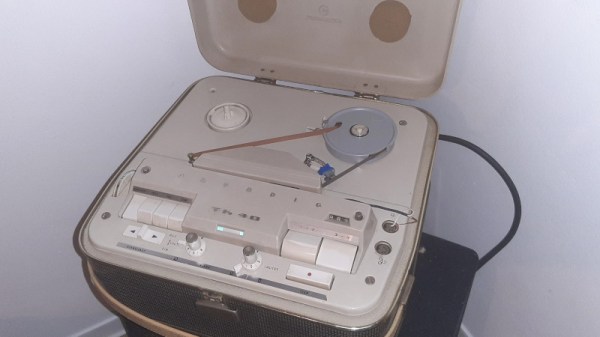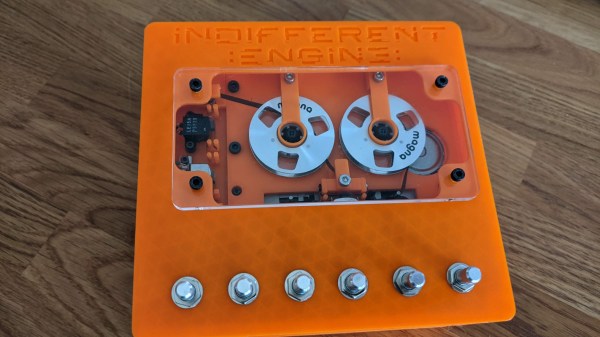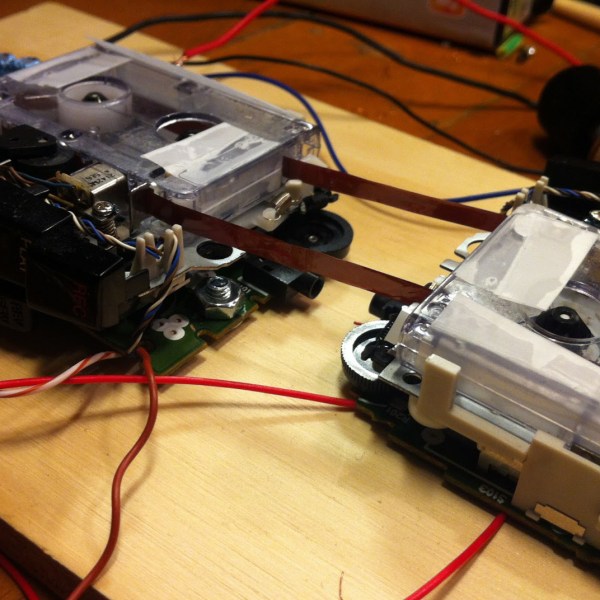Back in the 1990s, you could get a tape player shaped like a can of Coca Cola. [Simon the Magpie] scored one of these decks and decided to turn it into a tape echo effect instead. It didn’t work so well, but the concept is a compelling one. You can see the result in the video below.
The core of the effect is a tape loop, which [Simon] set up to loop around a pair of hacked-up cassette shells. This allows him to place one half of the loop in the Coca-Cola cassette player and the other half in a more conventional desktop tape deck. A 3D-printed bracket allows the two decks and the tape loop to be assembled into one complete unit.
The function is simple. The desktop tape deck records onto the loop, with the Coca-Cola unit then playing back that section of tape a short while later. Hey, presto — it’s a tape delay! It’s super lo-fi, though, and the tape loop is incredibly fragile.
Continue reading “Building A Tape Echo In A Coke Can Tape Player That Doesn’t Really Work”















